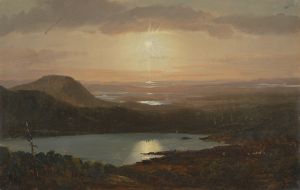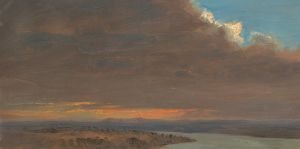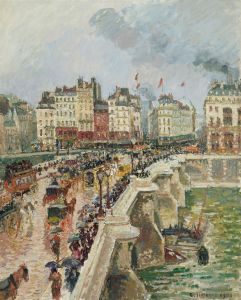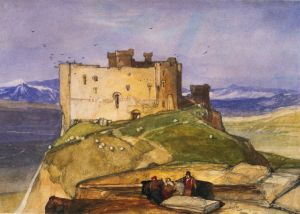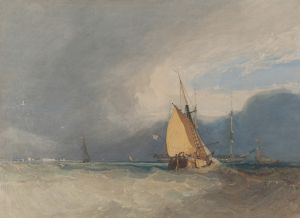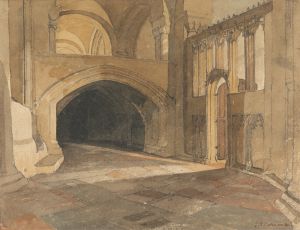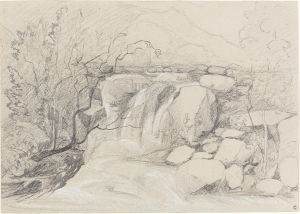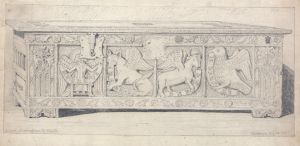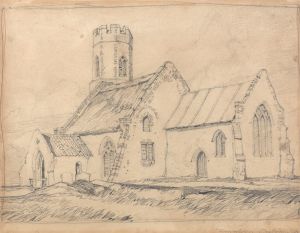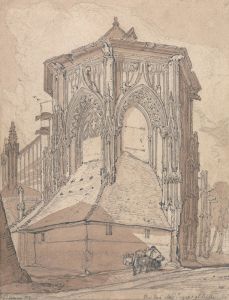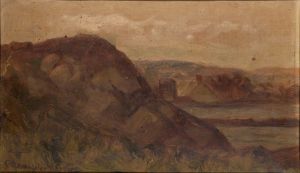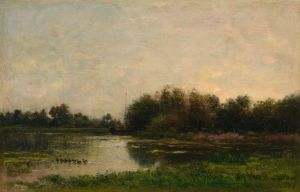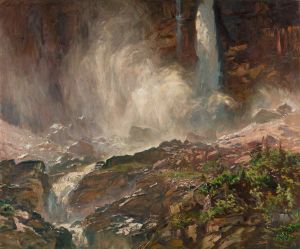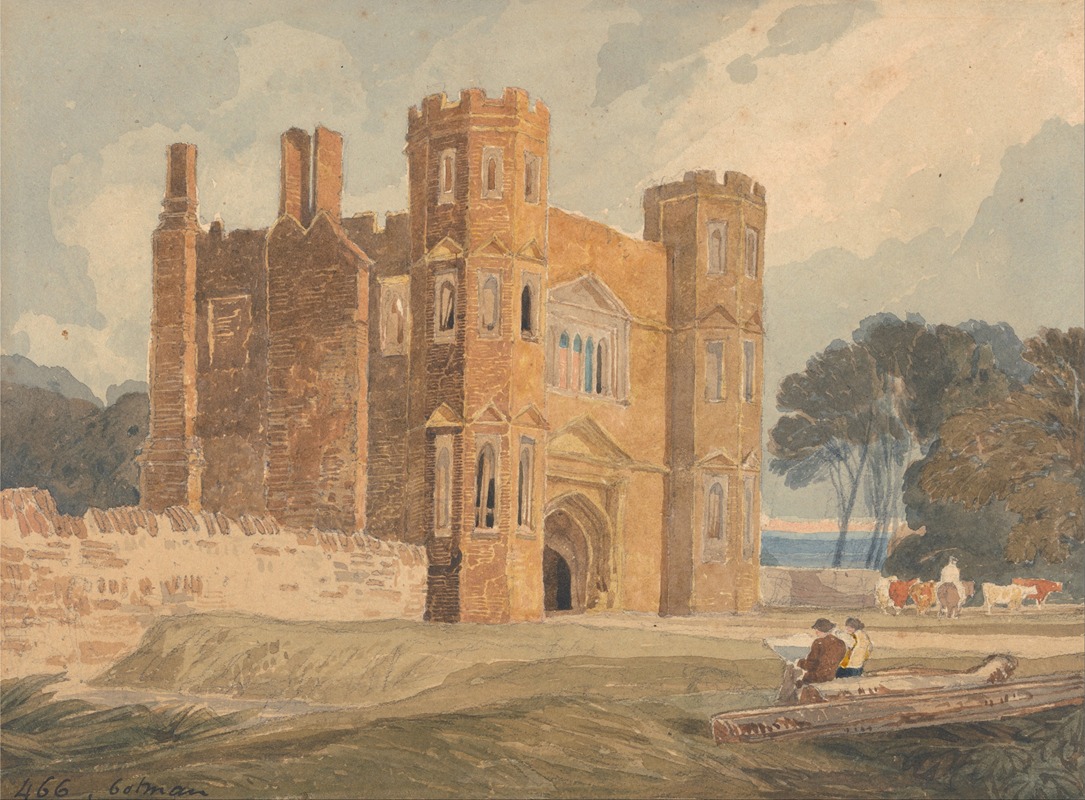
Gate-way, Saint Mary’s Wiggenhall, Norfolk
A hand-painted replica of John Sell Cotman’s masterpiece Gate-way, Saint Mary’s Wiggenhall, Norfolk, meticulously crafted by professional artists to capture the true essence of the original. Each piece is created with museum-quality canvas and rare mineral pigments, carefully painted by experienced artists with delicate brushstrokes and rich, layered colors to perfectly recreate the texture of the original artwork. Unlike machine-printed reproductions, this hand-painted version brings the painting to life, infused with the artist’s emotions and skill in every stroke. Whether for personal collection or home decoration, it instantly elevates the artistic atmosphere of any space.
John Sell Cotman was a prominent English painter and etcher, known for his contributions to the Norwich School of painters, a movement that flourished in the early 19th century. Cotman is celebrated for his landscape paintings and architectural subjects, often capturing the serene beauty of the English countryside and its historical edifices. One of his notable works is "Gate-way, Saint Mary’s Wiggenhall, Norfolk," which exemplifies his skill in depicting architectural scenes with precision and artistic sensitivity.
"Gate-way, Saint Mary’s Wiggenhall, Norfolk" is a watercolor painting that showcases Cotman’s adeptness at rendering architectural details and his ability to evoke a sense of place. The painting features the gateway of Saint Mary’s Church in Wiggenhall, a village in Norfolk, England. This church is one of several medieval churches in the area, known for its historical significance and architectural beauty. Cotman’s choice of subject reflects his interest in capturing the essence of England’s architectural heritage.
In this work, Cotman employs a delicate palette and a keen attention to detail, characteristic of his style. The watercolor medium allows for subtle gradations of color and light, which Cotman uses to highlight the textures of the stone and the surrounding landscape. His use of light and shadow adds depth to the scene, creating a realistic yet atmospheric depiction of the gateway.
Cotman’s architectural paintings are noted for their accuracy and clarity, and "Gate-way, Saint Mary’s Wiggenhall, Norfolk" is no exception. He often conducted detailed studies of his subjects, which informed his final compositions. This meticulous approach is evident in the precise rendering of the gateway’s structure and the careful attention to the interplay of light on its surfaces.
The painting not only serves as a visual record of the gateway but also reflects Cotman’s broader artistic goals. He sought to capture the timeless beauty of England’s rural and historical landscapes, often focusing on subjects that conveyed a sense of tranquility and permanence. His works are imbued with a sense of reverence for the past, and they often evoke a contemplative mood.
Cotman’s contribution to the Norwich School and his influence on subsequent generations of artists are well-recognized. His works, including "Gate-way, Saint Mary’s Wiggenhall, Norfolk," are celebrated for their technical excellence and their ability to convey the quiet beauty of the English countryside and its architectural treasures. Today, Cotman’s paintings are held in high regard and can be found in major art collections, where they continue to be appreciated for their artistic and historical significance.
In summary, "Gate-way, Saint Mary’s Wiggenhall, Norfolk" is a testament to John Sell Cotman’s skill as a watercolorist and his dedication to capturing the architectural heritage of England. Through his precise technique and sensitive portrayal of light and form, Cotman has created a work that resonates with viewers and preserves the beauty of a historical site for future generations.





